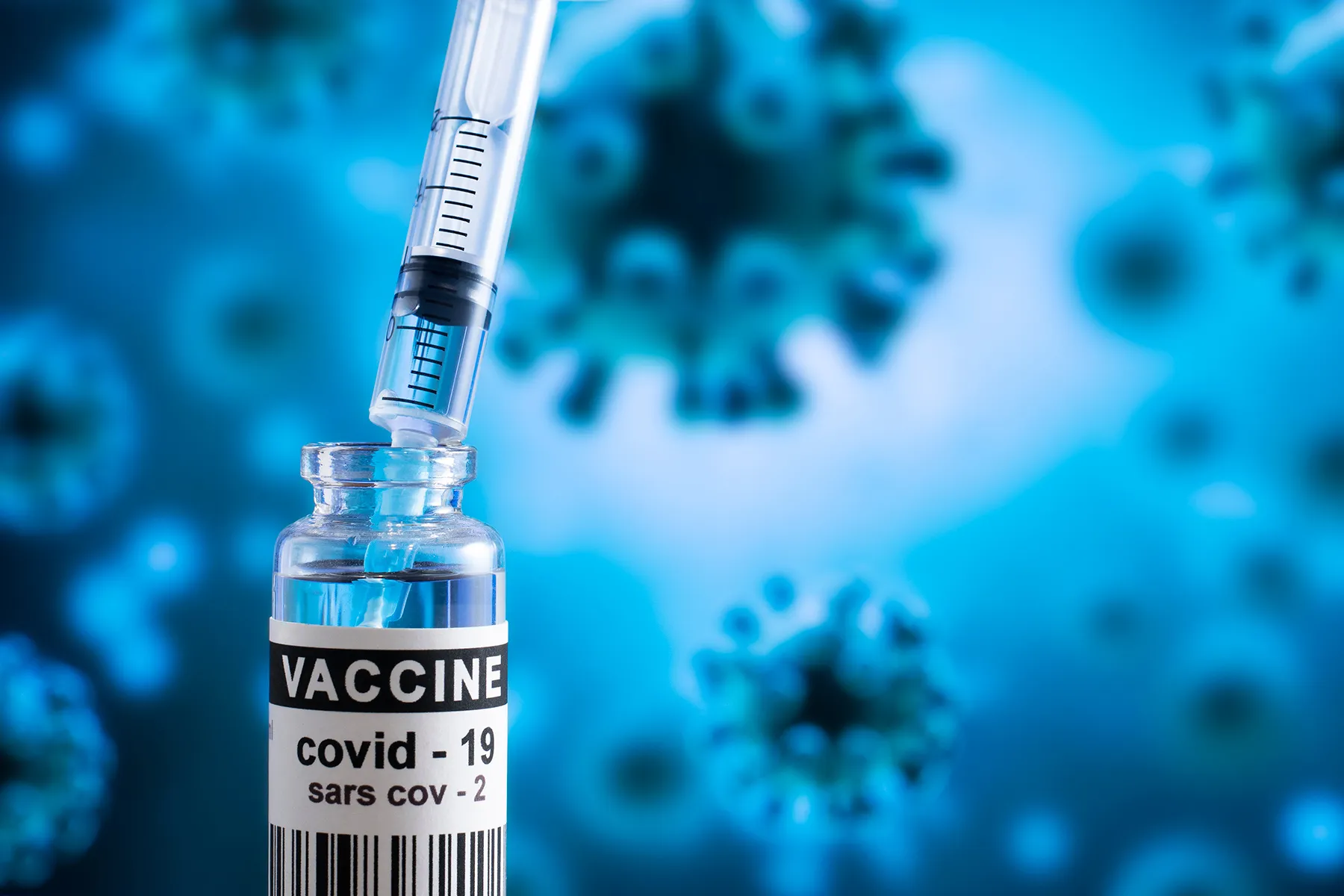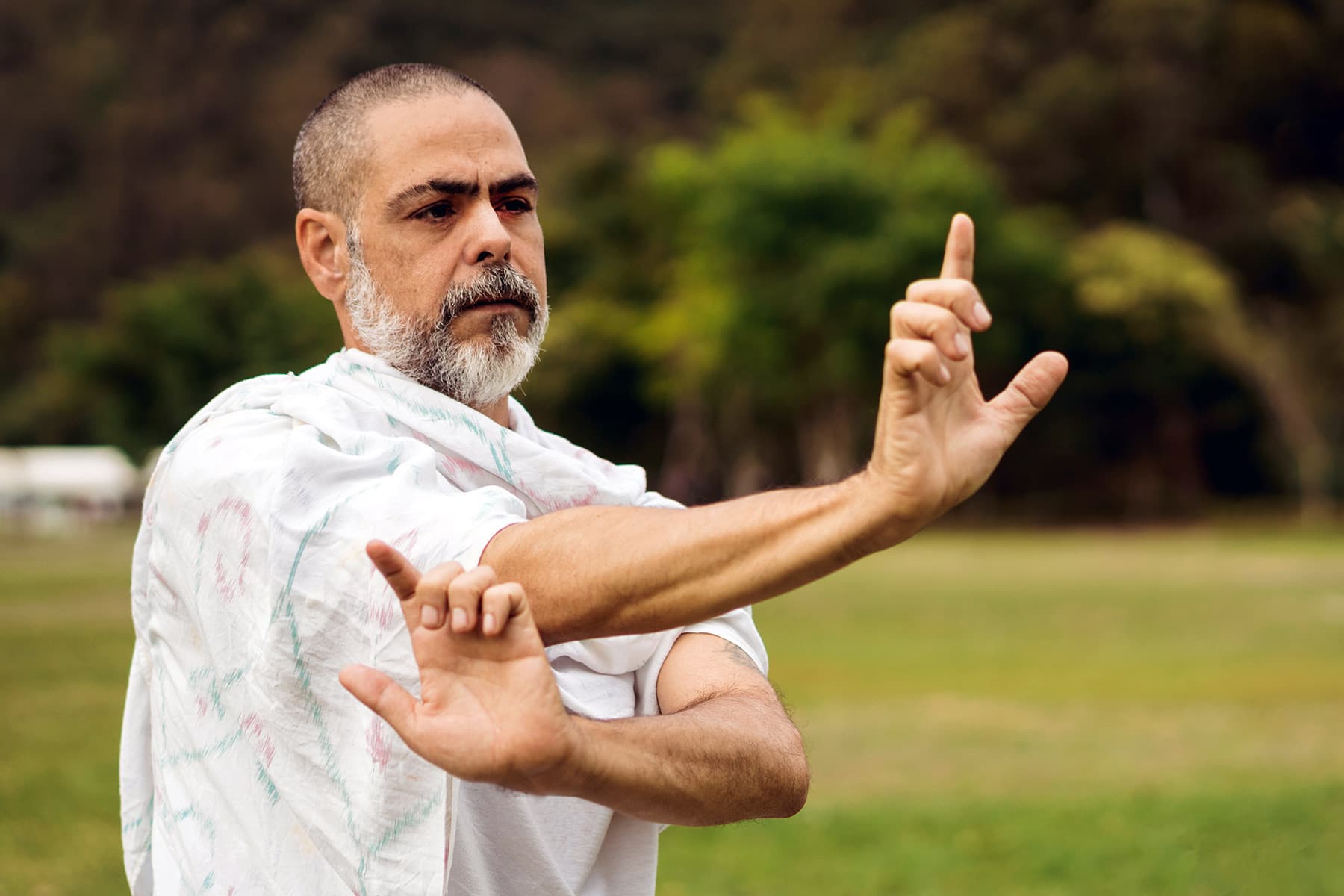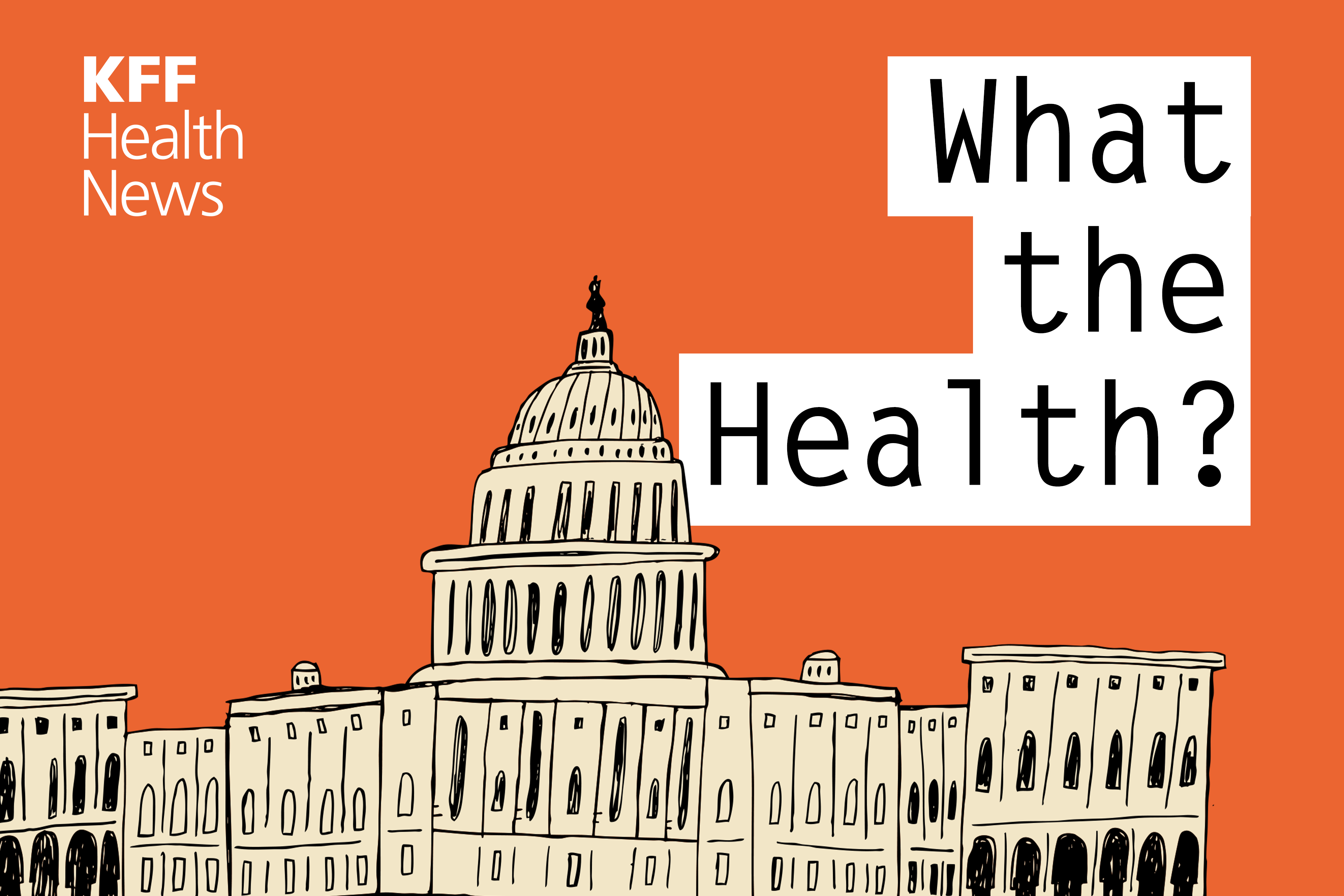Sept. 29, 2023 – If you’re having trouble getting the latest COVID-19 booster, you’re not alone.
As the rollout of the newly formulated shot begins in earnest, many Americans are finding roadblocks, while federal officials urge everyone to be patient and get the shot when you can.
Dana Tofig was lucky. He signed up for the latest COVID-19 vaccine the minute it became available. When his appointment time came, he stood in line at a CVS in Gaithersburg, MD, and received his shot. Just as he finished, the pharmacy clerk told everyone in line behind to go home: There were no more doses available.
He said the pharmacy also had to cancel everyone’s appointments for the following day.
“The woman who gave me the shot said that [the pharmacy] had been given what they had anticipated was a week’s supply – it ended up just lasting a few days,” said Tofig, 56.
Despite appointments continuing to be canceled, a statement released after a meeting held by the U.S. Department of Health and Human Services Secretary Xavier Becerra and health insurance company leaders said that more than 6 million vaccines have been shipped to pharmacies and, so far, 2 million Americans have received their shots.
And according to a statement from Moderna, the maker of one of two authorized vaccines, the company has shipped millions of doses to distributors across the country and are “working to support these distributors to ensure that the significant supply of vaccines we have already provided to them continues to rapidly reach pharmacies and other points of care.”
In tandem with vaccine supply issues, those who have been able to get the shot have been running into trouble getting insurance to pay for it, reportedly due to technical issues. In a letter, major health insurance companies assured customers that they “largely, if not completely, resolved,” these technical issues and are committed to “fully covering the new COVID-19 shots, as required, with no cost sharing when consumers access them from a network provider or receive them through an out-of-network provider when in-network options are unavailable.”
Dotty Johnson was one of the many who couldn’t get the shot. She is a 73-year-old retired college professor in Pennsylvania. She recently completed chemotherapy for pancreatic cancer, which places her at higher risk for more severe outcomes from COVID illness. For her and her husband, there is a sense of urgency to get the new monovalent shot.
Johnson and her husband received the RSV vaccine in mid-September. At the time, the pharmacist told them CVS did not have the COVID vaccine yet and they should make an appointment to come back. The Johnsons made an appointment for this past Tuesday but received a text message the evening before saying CVS did not have the vaccine available the next day and they would need to reschedule. When Johnson checked online, there were no nearby appointments for the vaccine and the earliest appointment was the end of October.
She and her husband kept the Tuesday appointment to get the flu shot. But the CVS Medicare system was down, so they were given a choice – reschedule or pay out-of-pocket. They chose to pay $110 each for the flu vaccine.
CVS recommended they keep calling to find out when the COVID vaccine will be available in their area. “I am immunosuppressed and over 65. My husband is 75 and he’s in good health. He lives with me and so if he gets sick, I get sick, right?”
CVS acknowledged some issues with its supply chain.
“We’re receiving updated COVID-19 vaccines from suppliers on a rolling basis and most of our locations can honor scheduled appointments,” said Matt Blanchette, senior manager of retail communications for CVS Pharmacy. “However, due to delivery delays from our wholesalers, some appointments may be rescheduled. We apologize for any inconvenience this may cause and will continue to offer additional appointments at those locations as supply is received.”
In New York City, Zoe Cohen and Levi Shaw-Faber had the same bad luck. In preparation for an upcoming wedding, the couple planned to get their shots a few days in advance. But one hour before their scheduled appointment for the updated COVID vaccine and flu shot, they got a call from CVS explaining that they had run out of doses. By the time Cohen and Shaw-Faber had started scrambling to find another availability that day, every pharmacy in the New York City area, besides one in New Jersey, was either booked up or run dry.
“The good news is we’re in a different place than we were last year,” CDC Director Mandy Cohen, MD, MPH, said during a news conference Sept. 27 sponsored by the National Foundation for Infectious Diseases. Cohen already had her flu shot and plans to get the COVID one as well. “Not only as CDC director, but as a mom, a wife, and a daughter, I wouldn’t recommend something for the American people that I would not recommend for my own family.”
Even leading infectious disease experts face some challenges. Robert Hopkins Jr., MD, medical director of the infectious diseases foundation, for example, received his flu and COVID shots separately “because of availability,” he said at the news conference.
A ‘Shaky’ Supply Chain
“This is a total disaster. It’s bad enough we’ve had pandemic fatigue and anti-science and everything else, but this rollout is just a curse,” said Eric Topol, MD, founder of the Scripps Research Translational Institute in La Jolla, CA, and editor-in-chief of Medscape, WebMD’s sister site for health care professionals.
The COVID booster distribution chain is “really shaky,” Topol said, and supply levels are lower than many anticipated at this point. An unforeseen consequence is the “eager beavers” who normally get vaccinated in the first few weeks are not getting immunized.
The situation is “just going to further undermine the public health agencies’ coordination in a post-emergency state pandemic management.”
Cohen said, “We’re about 2 weeks into having the new updated COVID vaccine, and it is a different process this year.”
In past years, the federal government purchased and distributed the COVID vaccines, so it was one system. That ended when the national public health emergency ended in May. “Now we’re going back to what I call the ‘normal course of business,’” Cohen said.
The COVID vaccine is now purchased and distributed after individual health care providers order it and manufacturers and distributors send it out.


